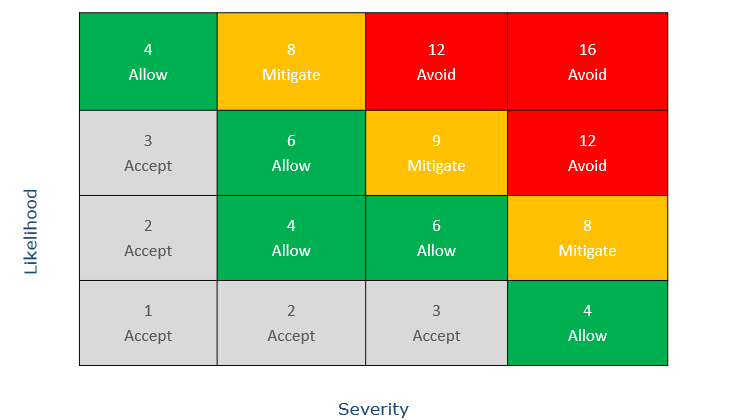What's the Issue with Risk Assessing?
11th February 2021

What’s the issue with risk assessing?
The challenges in delivering a robust risk assessment process is difficult, but similar across many organisations. A risk assessing process can be governed by poor principles – for example assessments are often thought of as a ‘to do’ item, completed and then seldom referred to again.
Further challenges:
· Assessment are done to justify the design
· Homogenous personality types in the RA team- group think!
· Time and resource pressures
· Disconnect between risk assessing team and execution team
· Risk appetite / tolerance of teams
· Unconscious reduction of consequence because a hazard has a very low likelihood
· Ineffective authority application
· Legacy of a frail or indifferent culture
Risk assessment mitigations are not always fully understood and executed by operations’ teams. The mitigation for a specific risk is often credited before it is even implemented.
Teams will apply their management of change process, however the risks must be re-visited with the appropriate level of both competence and authority, such that the longer term implications of the change are understood and addressed.
Likelihood can be assigned on group feeling… individual memory rather than evidence. A corporate data base of events and incidents could add more data to base these decisions on. Consequence can often be reduced by a group far removed (location and timing) from the operation, once the team are sat over the well, they can understand if the mitigation is really robust enough.
Teams can get obsessed by matrices and scores. Moving from one colour of the matrix into another colour, because the team deem that moving the score into what they deem as the ‘acceptable’ zone, becomes their goal. The goal should be to correctly assign the realistic worst case consequence and the appropriate, evidence based likelihood.
It is interesting that matrices are not mandated in any UK health and safety legislation. Matrices are mentioned in the HSE.gov website, but the HSE explicitly state that getting risk scores wrong can result in failing to take important control measures – whereby this is an issue for teams when utilising risk scores.
In summary
The efficient implementation of a mitigation strategy that controls risk creates a competitive advantage that delivers superior returns – thus the effective (or otherwise) management of risks directly impacts a project’s ROI. A meticulous process addresses the opportunities for:
· Avoiding unprofitable risk
· Stronger operational controls
· Arresting potential issues at an early stage
· Flawless project execution
· Waste reduction
All News
